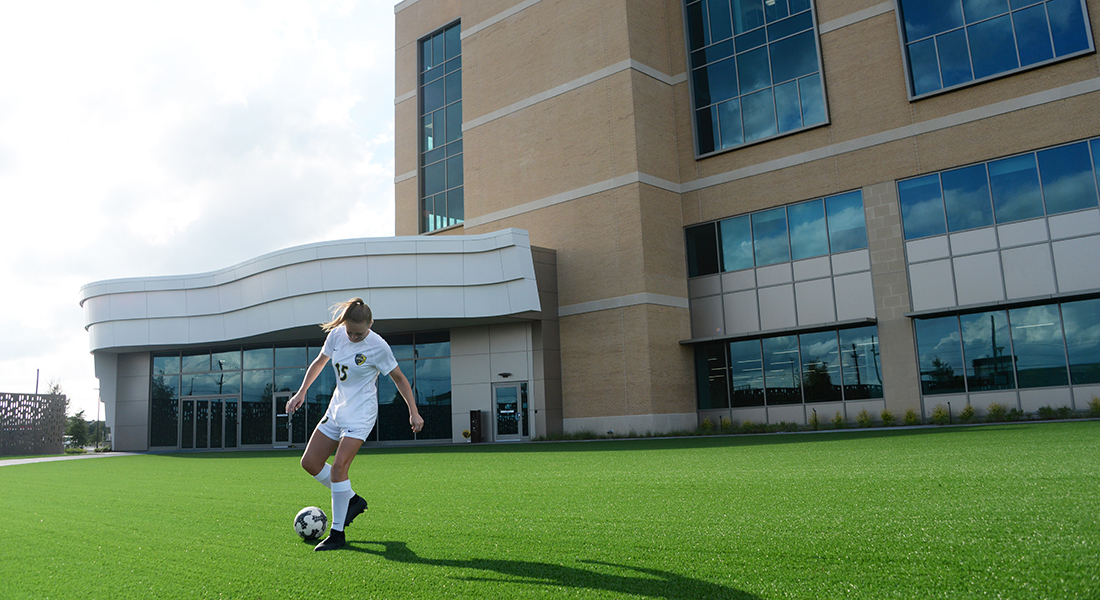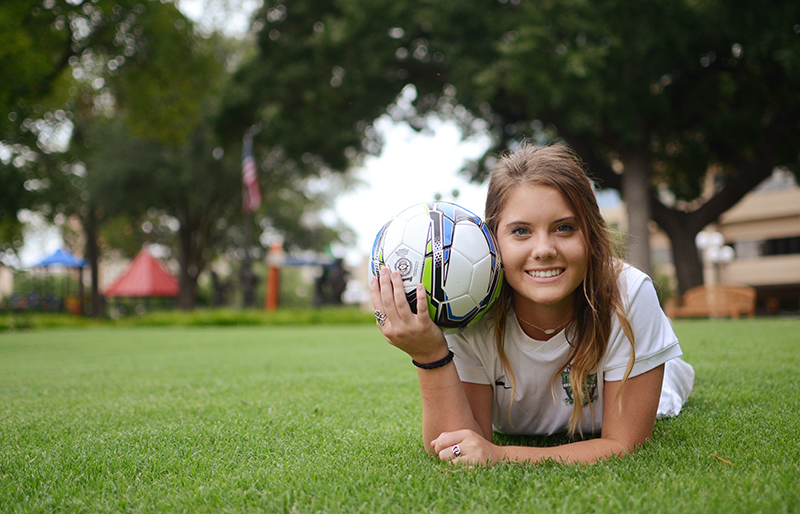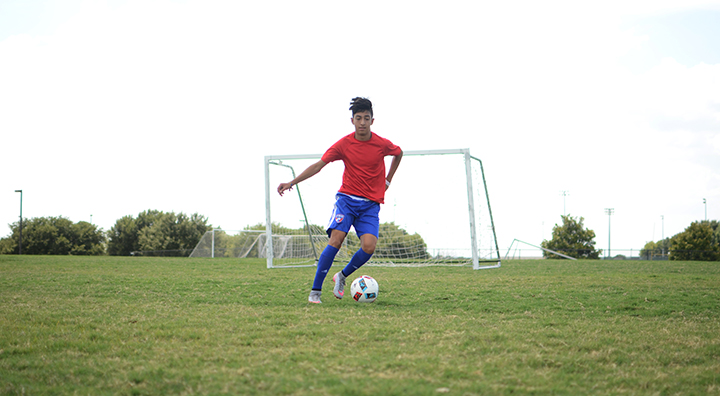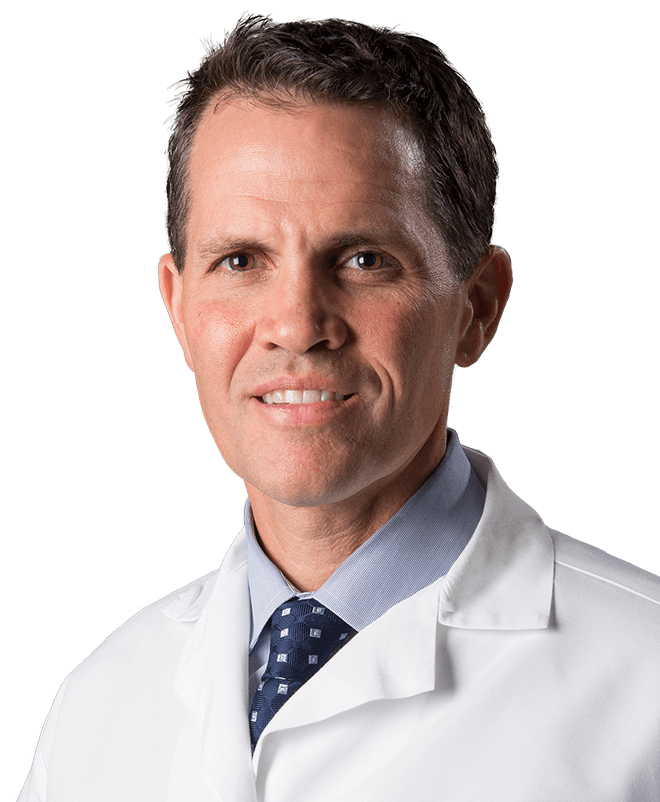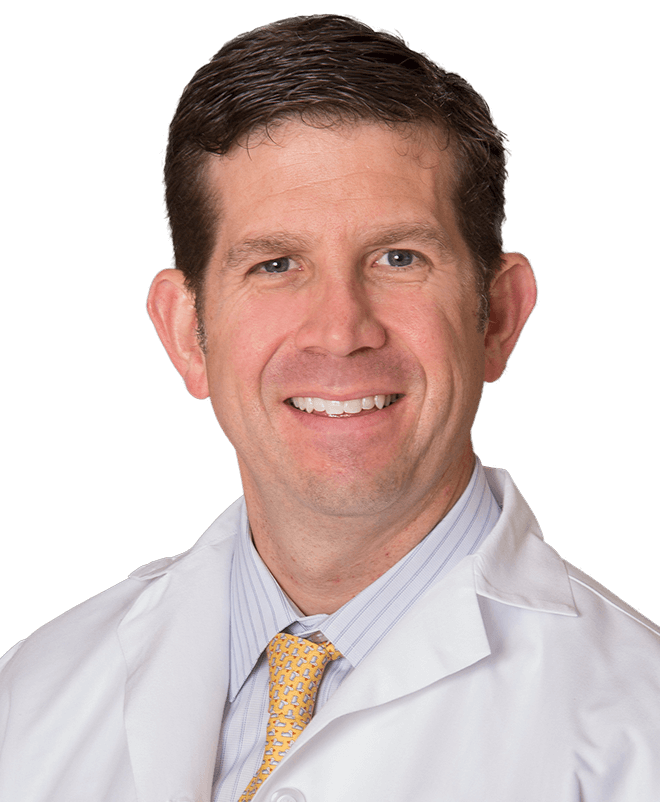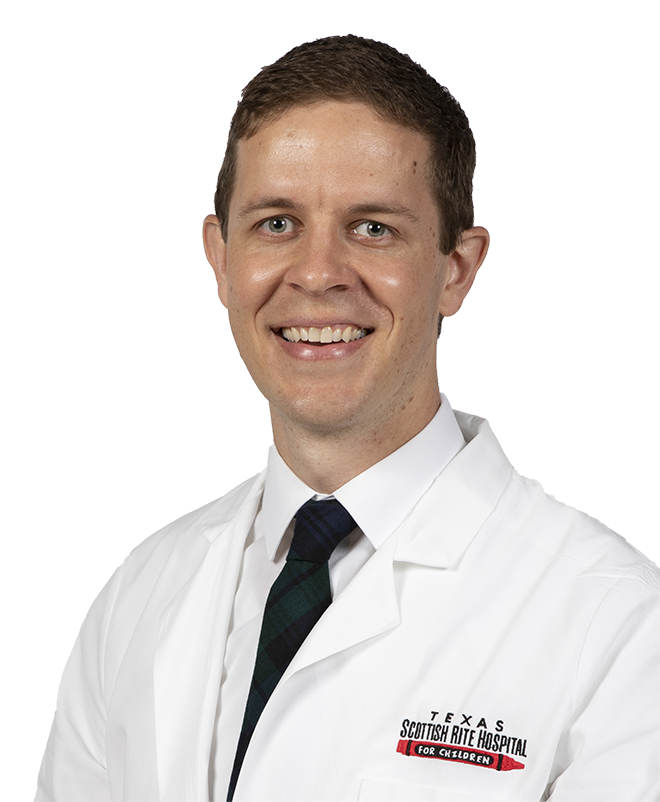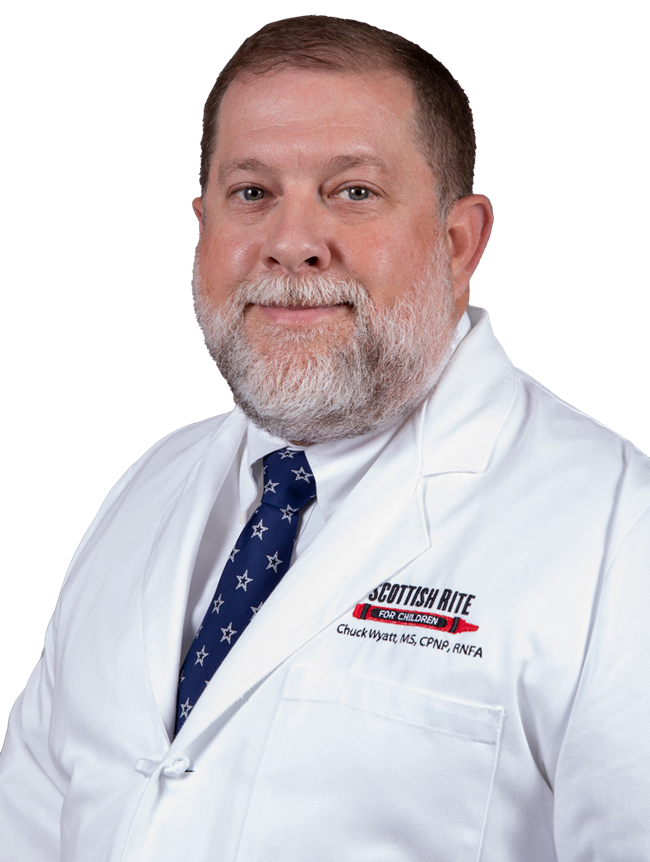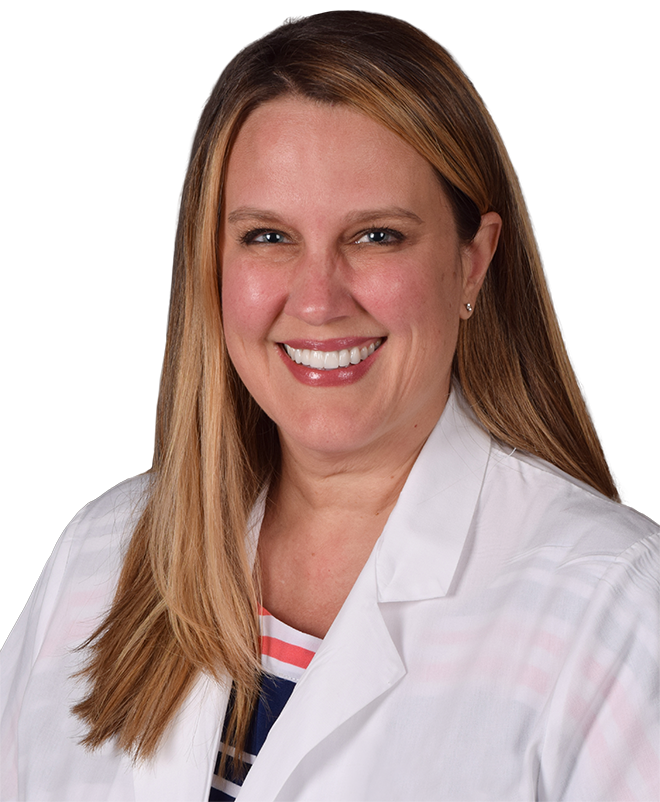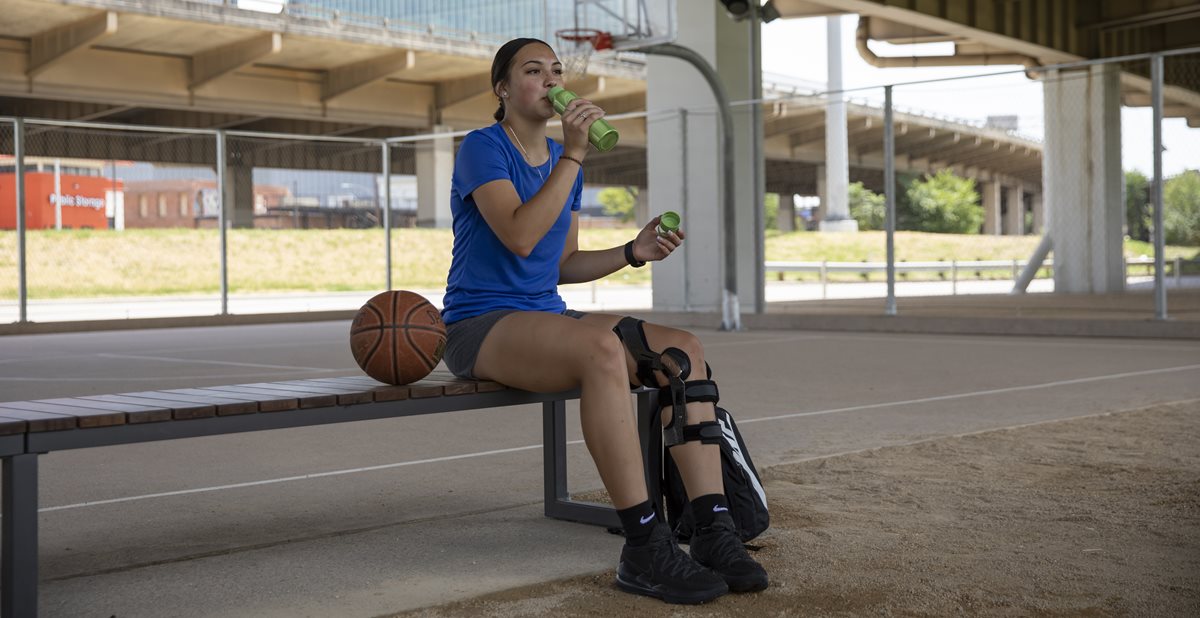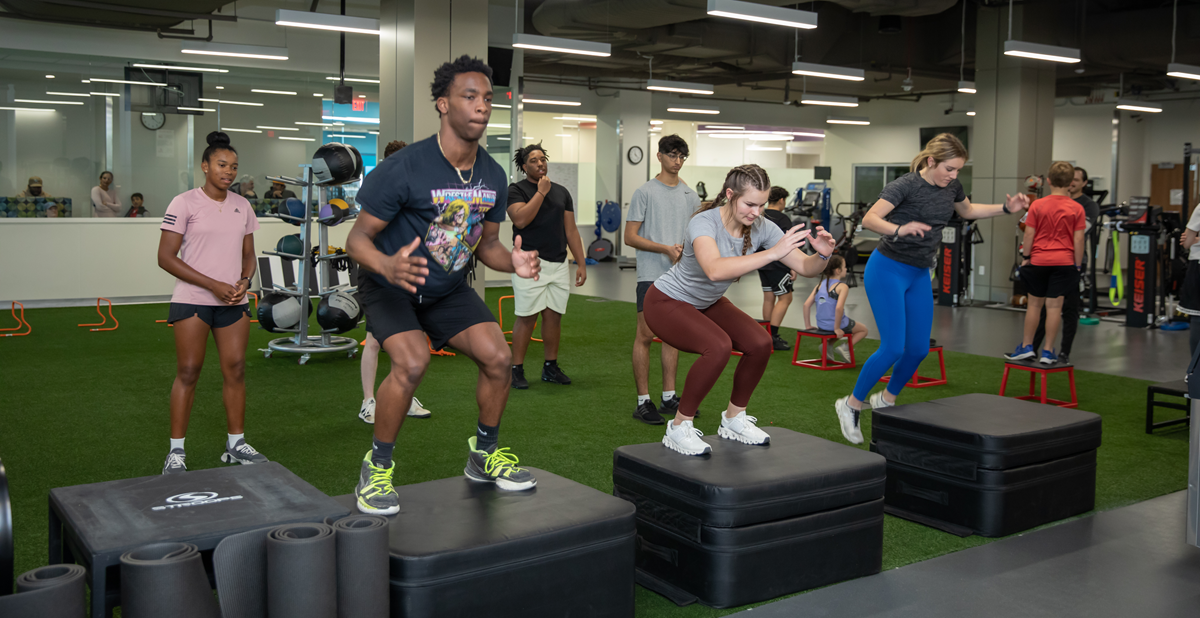Read the full article
here.
By reviewing a very large database*, our team evaluated more than 54,000 soccer injuries. The data was analyzed to answer several questions. Those include:
- What is the most common injury in athletes aged 7 – 19?
- How does age affect the rate of injuries?
- Do boys or girls have more concussions?
This type of study is called an epidemiology study. It is a review of a very large population to look for patterns that may be modifiable with intervention such as screening, education or other treatment.
WHAT WE FOUND
Here are some results of this study:
- Males (60.50%) presented more often than females (39.50%).
- Concussions and head injuries (15.57%) were most commonly reported overall.
- More females than males (17.44% vs. 14.35%)
- The ankle (15.3%) was the second most common injury location.
- More females than males (18.71% vs. 13.62%)
Additionally, and most helpful in the conversation about injury prevention in soccer is this final point. When looking at age and sex, a peak of knee and ankle injuries occurs in females (F) at earlier ages than in males (M):
- Knee (F = 14 years, M = 16 years)
- Ankle (F = 13-15 years, M=15-17 years)
One of the most common knee injuries in soccer is a torn anterior cruciate ligament which is an important stabilizing structure in the joint. This injury often occurs with a sudden change in direction. The athlete typically reports a pop and experiences pain and swelling in the knee. Our pediatric sports medicine team offers non-surgical and surgical treatment for very young to fully grown athletes who have an ACL tear. In addition to creating and studying the best treatments, our team studies ACL injuries and recovery to better understand how to prevent them.
To prevent this injury and others, the athlete needs to have good neuromuscular control of the leg and body. This is the ability to sense changes in body position, movement or forces from others or the ground, and respond quickly and in control. This can be improved with proper training.
Learn more about our bridge program and youth athlete training classes by emailing
bridgeprogram@tsrh.org.
Learn more about ACL tears and other knee injuries.
Frequently asked questions regarding soccer athletes and concussions.
Though equipment like helmets may reduce force of impact and headbands and mouthguards may prevent other injuries to the head or face, concussions are not preventable. We can reduce the risk of injury with strict enforcement of rules and prohibiting aggressive play. We can also reduce the consequences of a brain injury by responding quickly to suspected concussions, removal from play can reduce the number and severity of concussion symptoms.
Girls present for concussion care more often than boys. What is particularly interesting about the difference is that girls are much more likely to continue playing on the same day after experiencing symptoms or signs of a concussion than boys. This behavior puts girls at a much higher risk of experiencing more and worse concussion symptoms.
Concussion recovery is different for everyone. Removal from play and proper management from the beginning are crucial to a smooth recovery. Returning a student athlete back to school is the first priority. Since activity may cause worsening of concussion symptoms, a stepwise post-concussion protocol, lasting at least one week, is recommended before returning to sports.
After an athlete receives an evaluation and concussion diagnosis from a medical provider, sleep is recommended to help the brain recover. Promoting good sleep quality can help with concussion recovery. The medical provider will provide specific instructions if the athlete needs a different plan of care.
A specific concussion protocol, concussion treatment or medical clearance may not be required by your league or club but someone with experience managing concussions should be involved in the care of any young athlete with a head injury. Once symptoms resolve, a graduated return to play protocol should be followed.
Because concussions occur in soccer more than many other sports, preseason testing offers a few benefits for soccer players. The testing does not predict who will have concussions nor can it prevent a concussion; however, it does help a medical provider understand the athlete’s baseline or preseason neurocognitive status. Participation in testing may also help to raise awareness of concussions as it is typically paired with education about concussion recognition.
Call 469-515-7100 to speak with a staff member in our Sports Medicine clinic to learn more about baseline testing at Scottish Rite for Children in Frisco.
Pain in young athletes is not normal. Growth plate injuries are common in very young players and cause pain near areas of growth and activity. In 9-12-year-old players, heel pain is typically caused by a lot of running. This overuse injury is called Sever’s disease. In a slightly older group, Osgood-Schlatter disease is a more likely overuse injury from running. This condition causes pain just below the knee at the top of the shin bone.
These and other overuse injuries can be prevented with proper rest from activity. This means resting during the week and taking at least one to three months off from the sport throughout the year. This has become more difficult as year-round soccer and tournaments are more common. Trying a new sport is a good option as many studies show that a multi-sport player has less time on the bench and other benefits like conditioning and skills that transfer between sports.
Even when a league or club does not require a sports physical or pre-participation physical evaluation (PPE), our team highly recommends this step before training begins. For most, this should be part of an annual visit with the athlete’s pediatrician. In addition to discussing important family and personal medical history, a musculoskeletal screen and additional questions about general health can ensure the athlete is set up for a safe season. Skipping this step may leave an athlete vulnerable to preventable injuries or conditions.
